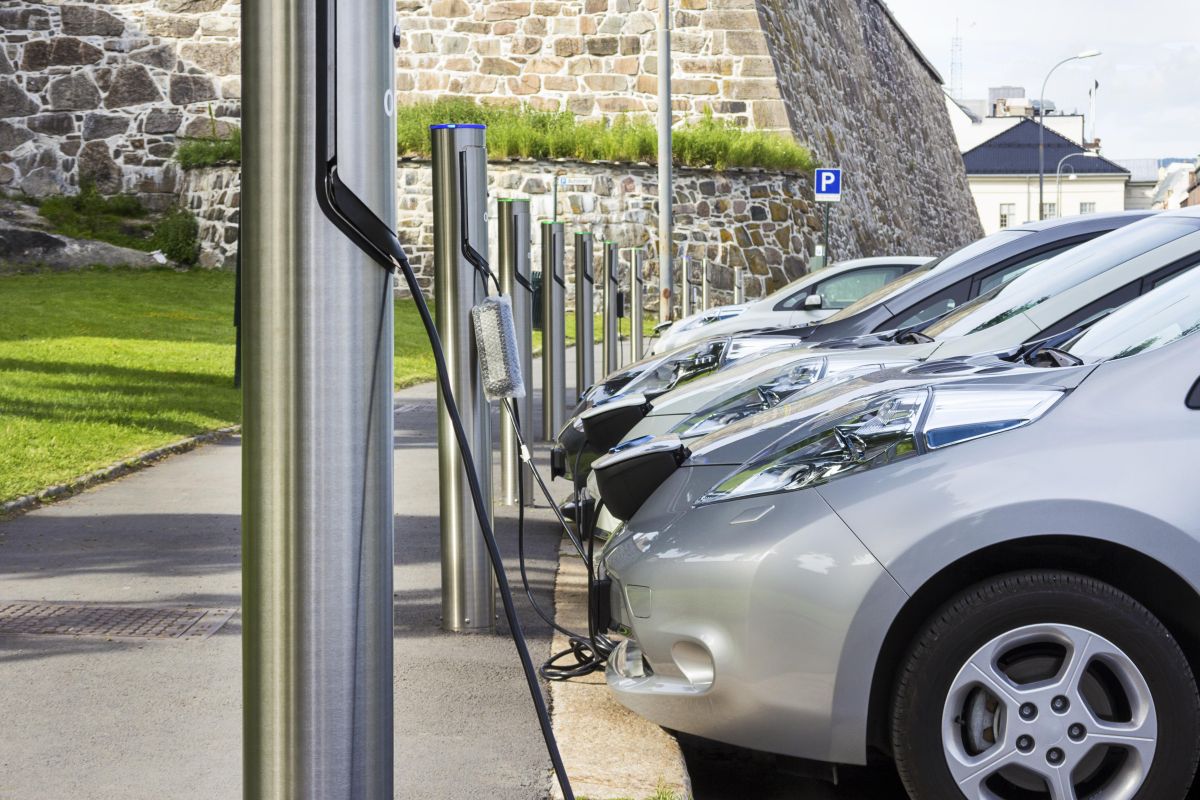Mitchell, an Enlyte company, released its "Plugged-In: EV Collision Insights" report for the first quarter of 2024. The report showed a rise in electric vehicle (EV) total loss frequency in both the U.S. and Canada, attributed to a decline in prices for used EVs.
The data showed the total loss rates for EVs in the U.S. and Canada reached 9.93% and 7.48%, respectively. This marks an increase of approximately 8% from Q4 2023 and 30% from Q3 2023. Despite this surge, the EV total loss frequency is still comparable to newer internal combustion engine (ICE) vehicles, which recorded a rate of 9.51% in the U.S. and 7.44% in Canada.
EV repairable claims frequency also rose, to 2.26% in the U.S. and 3.41% in Canada, an increase of approximately 40% and 38% respectively over Q1 2023.
"Slowing new sales, manufacturer price reductions and changing consumer sentiment are impacting the value of used EVs," explained Ryan Mandell, Mitchell's director of claims performance. "As a result, the total loss frequency for collision-damaged EVs is increasing. However, it is also increasing for new gasoline-powered vehicles, which are comparable to EVs in terms of their complexity and cost to repair."
Tesla price reductions in late 2023 spurred precipitous price drops throughout the EV segment. As a result, price parity between EVs and ICE vehicles may be coming faster than previously predicted. For example, Cox Automotive reported in the U.S., the average transaction price at the end of 2023 for a new EV was $50,798, only $2,040 more than a gas-powered vehicle at $48,759.
That same rapid move towards price parity, however, also resulted in weakened consumer confidence in the financial viability of used EVs, with prices falling by more than 30% year over year versus a 3.6% decline for used ICE vehicles.
The report also highlighted other notable differences between EV and ICE vehicle claims.
Repair Labor Hours
The average mechanical labor hours for EVs were nearly double those for ICE vehicles, at 3.04 versus 1.66 hours. With the average mechanical labor rate for both the U.S. and Canada exceeding $100 per hour, this additional time adds significant cost to EV repairs.
The extra EV labor hours are likely due to the management of the high-voltage battery, which requires de-energization and often complete removal to protect it during collision repair and refinishing processes.
Claims Severity
Despite a decrease in average claims severity in Q1, EVs continue to have higher severity costs. In the U.S., the severity difference between EVs and ICE vehicles was $1,363 or 29% ($6,066 versus $4,703). In Canada, the difference was $1,700 CAD or 33% ($6,810 versus $5,110 CAD).
Claims Frequency
EV claims frequency increased to 2.26% in the U.S. and 3.41% in Canada, representing a rise of 40% and 38% respectively over Q1 2023.
Parts Use and Repair
Due to the lack of a robust inventory of aftermarket and recycled parts, EV collision repairs are more likely to involve OEM parts compared to ICE vehicles (89.29% versus 65.14%). EV parts are also more challenging to repair due to their lightweight nature designed to offset heavy batteries. In Q1, 13% of EV parts were repaired compared to nearly 15% for ICE vehicles.
For more detailed insights and to access the full report, visit the Mitchell website at www.mitchell.com/plugged-in.











